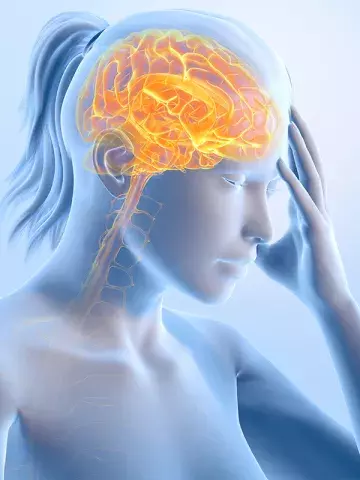Some triptans more effective for acute migraine than newer drugs, finds study
By Rebecca Jenkins
Certain triptans are more effective for treating acute migraines than recently marketed and more expensive therapies, a systematic review and network meta-analysis finds.
Numerous oral drugs with different mechanisms of action were available for the acute management of migraine, researchers wrote in the BMJ, but there was no clear consensus among clinical guidelines about the ranking of these treatments.
Previous systematic reviews and meta-analyses had only included a subset of currently licensed drugs, they added.
For this study, researchers searched the literature for double-blind, randomised controlled trials comparing monotherapy using oral drugs with placebo or another eligible active treatment for the treatment of migraine episodes in adults.
They included 137 randomised controlled trials comprising 89,445 participants (average age 40 years; 86% women) allocated to one of 17 active interventions or placebo.
They found all the active interventions were more effective than placebo for pain freedom at two hours (odds ratios [ORs] from 1.73 for naratriptan to 5.19 for eletriptan).
Most of the therapies were also more effective than placebo for sustained pain freedom to 24 hours (ORs from 1.71 for celecoxib to 7.58 for ibuprofen), except for paracetamol and naratriptan.
In head-to-head comparisons between active interventions, eletriptan was the most effective drug for pain freedom at two hours (ORs from 1.46 to 3.01), followed by rizatriptan (1.59 to 2.44), sumatriptan (1.35 to 2.04) and zolmitriptan (1.47 to 1.96).
For sustained pain freedom, the most efficacious interventions were eletriptan and ibuprofen (ORs from 1.41 to 4.82).
‘Overall, eletriptan, rizatriptan, sumatriptan, and zolmitriptan had the best profiles and they were more efficacious than the recently marketed drugs lasmiditan, rimegepant and ubrogepant,’ the researchers concluded.
‘Although cost effectiveness analyses are warranted and careful consideration should be given to patients with a high-risk cardiovascular profile, the most effective triptans should be considered as preferred acute treatment for migraine and included in the WHO Model List of Essential Medicines to promote global accessibility and uniform standards of care.’
Professor Richard Stark, Clinical Professor in the Department of Neurosciences at Monash University and Immediate Past President of the Australian and New Zealand Headache Society, said the results of the study conformed with clinical experience, but he stressed there remained a place for the newer therapies.
‘For patients with episodic migraine, the top priority is early use of effective and specific therapy. In practice, this means the triptans,’ he told Medicine Today.
Medication overuse headache (MOH) was the main concern in patients who needed to frequently take triptans, he noted, but this was not an issue for most patients who tended to have migraine fewer than 10 days a month.
However, Professor Stark cautioned that anyone with active cardiovascular disease – a contraindication for triptans – would usually be excluded from randomised controlled trials of the agents.
‘In the real world, it is just these patient groups who are likely to benefit most from gepants and ditans, as they appear to carry a lower risk of cardiovascular side effects,’ he said.
‘Another potential strength of gepants is the presumed lower risk of MOH than with triptans.’
BMJ 2024; 386: e080107; doi: 10.1136/bmj-2024-080107.
Note: Lasmiditan and ubrogepant are not currently available in Australia.


